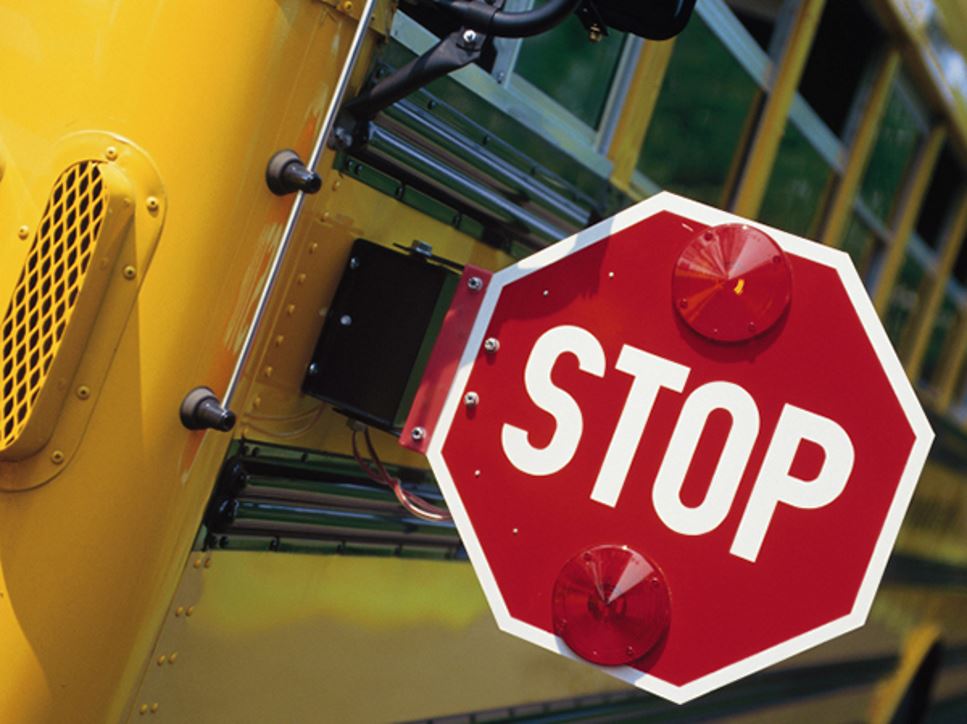One in 13 school children suffers from a potentially life-threatening food allergy. Depending on class size, that's about two kids per classroom, and 15% of them have experienced a reaction at school.
If it seems like life-threatening food allergies are more prevalent today than when you were a child, you're right. The Food Allergy Research and Education group has reported rises in food allergies among children by 50% between 1997 and 2011, and again between 2007 and 2021.
Many children with food allergies bring lunch from home and some schools designate a "safe zone" where common allergens are not allowed. Yet, for many parents, it's little comfort. The majority of food allergy reactions at school happen in classrooms, not cafeterias, due to food-based class projects and food brought into class for celebrations. In fact, foods given to children by friends — especially candy and desserts — pose the greatest risk for a food allergy reaction.
So, what's a parent to do? Here are five steps every parent of a student with a food allergy can take to shift the focus from response to prevention of allergic reactions.
Get to Know Your Child's Support Team
Introduce yourself and your child to the adults they see every day — teachers, nurses, coaches, bus drivers, cafeteria staff and administrators. Clear up any misconceptions they may have about food allergies. Provide them with specific information about your child's allergy and how they can support them.
Make Sure Everyone Knows the Epinephrine Plan
Studies suggest the two main issues schools need to address to help keep children safe are inadequate food allergy management plans and poor recognition and failure to treat allergic symptoms immediately with epinephrine. Make sure your child's epinephrine and written plans — such as the Food Allergy & Anaphylaxis Emergency Care Plan and a 504 Plan — are up-to-date and on file. This means asking where your child's epinephrine auto-injectors are stored, who has access to them, how easily they can be accessed in case of an emergency and that they are stored properly.
Volunteer in the Community
Parent volunteers often help organize or put together classroom parties and field trips that involve food. It's a good idea to maintain frequent contact with parent volunteers and get involved. Sign up to volunteer or chaperone for classroom events or field trips. If you are unable to attend, ask a trusted friend, neighbor or family member who is comfortable administering epinephrine.
Involve Your Child
Read books about food allergies with younger children. Help them practice with auto-injector trainers and make up fun hand-washing songs before and after meals. Teach older children to read food labels, avoid non-labeled (including homemade) foods, how to recognize symptoms of a reaction and to report bullying. The rule all children of any age with food allergies should follow: No sharing food, no exceptions.
Make Safe Meals and Snacks Fun
In families that have allergies, food often can become an object of fear. Instead, try to treat allergies as a chance to teach children about healthful and safe eating. Read allergy-friendly cookbooks and blogs for inspiration, and get your child involved in safe food planning, shopping and preparation.
Find a Nutrition Expert
Looking for credible nutrition information and recommendations? The Academy of Nutrition and Dietetics' network of credentialed food and nutrition practitioners are ready to help!

